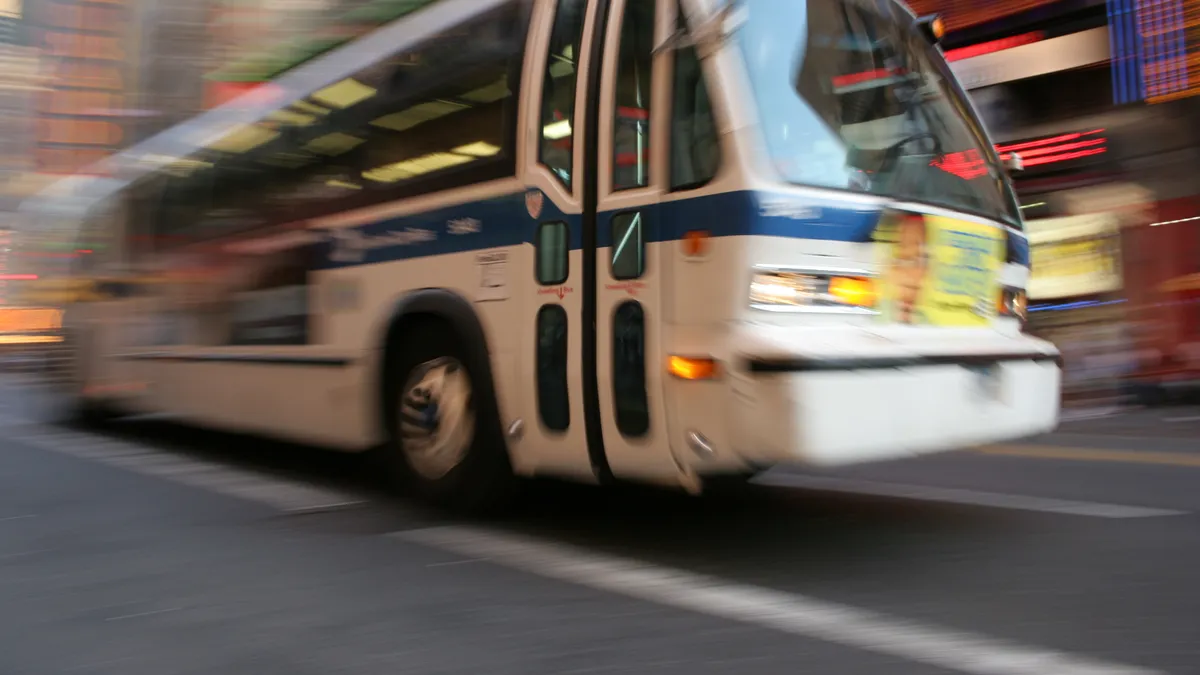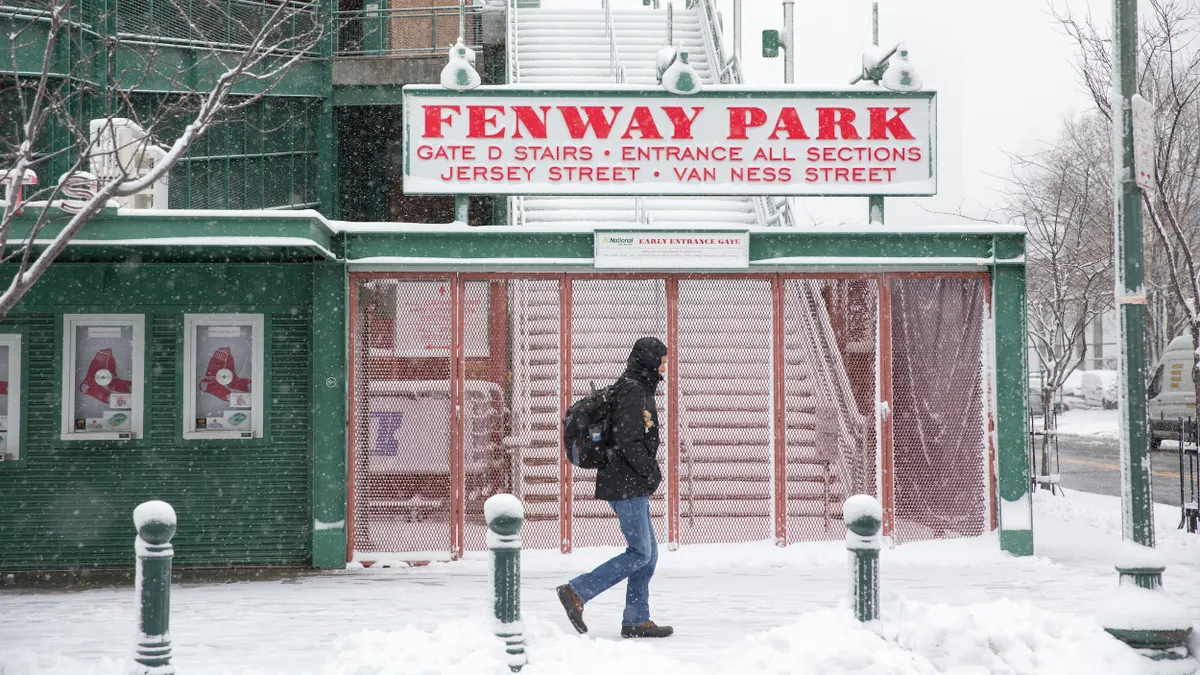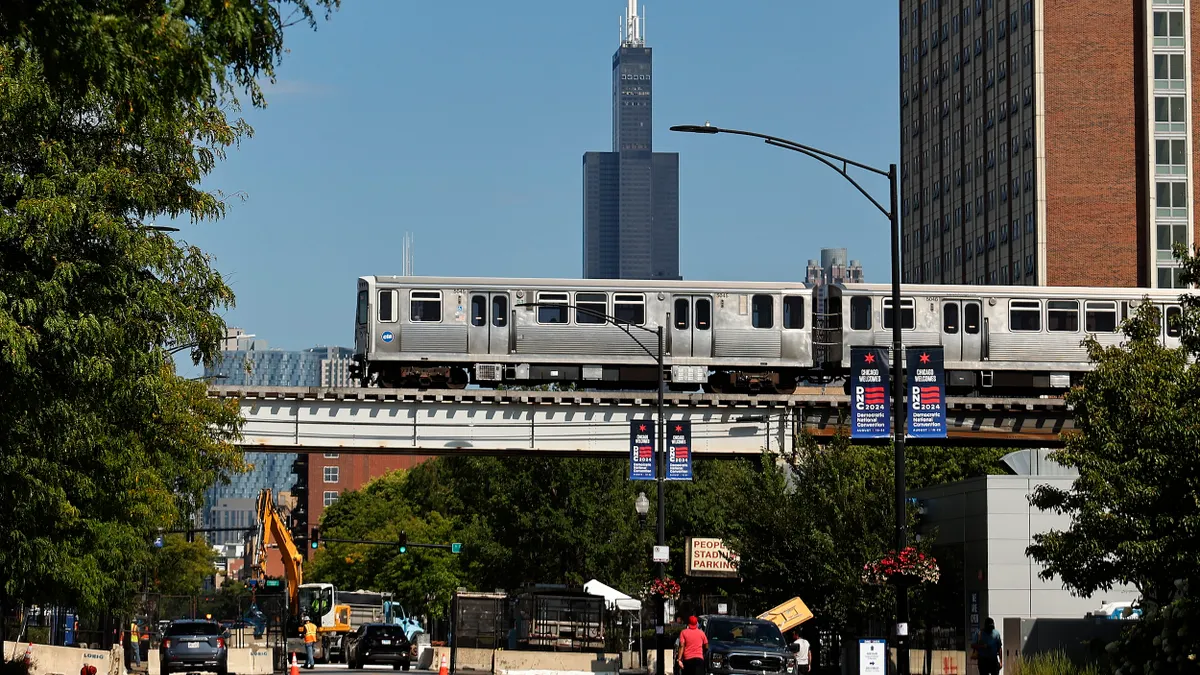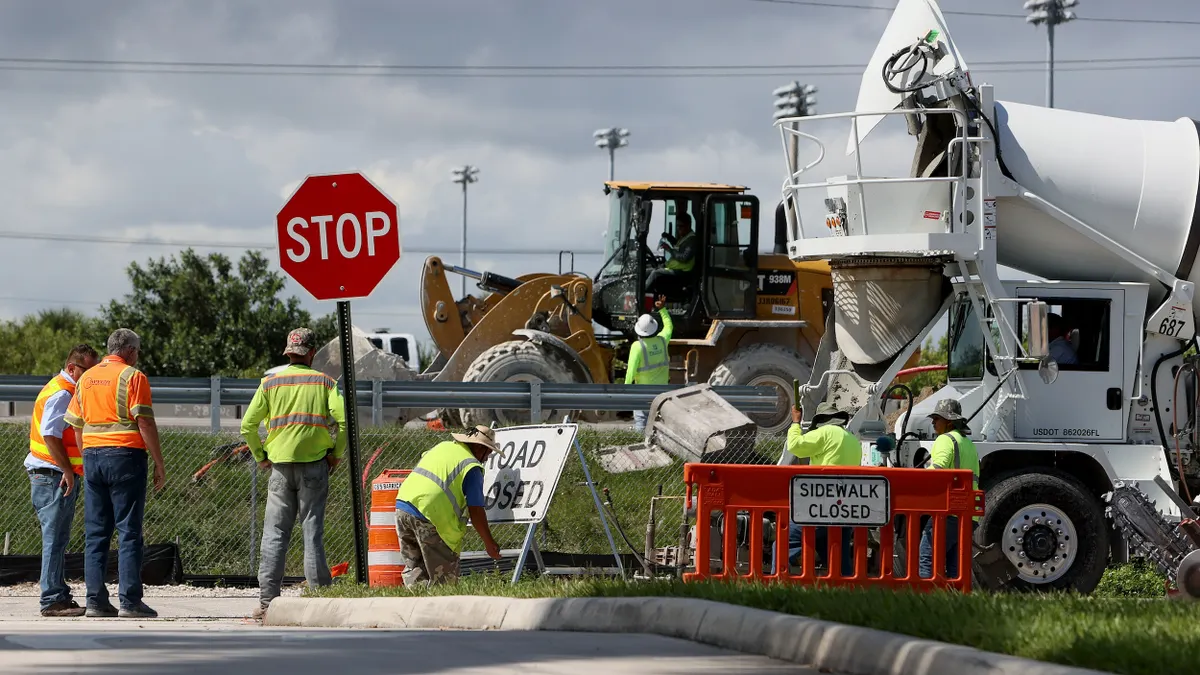If all goes according to plan, Bronx residents will begin to enjoy the fruits of the long-awaited redesign of their transit bus network on June 26.
Planning for the project began in 2018. It met stiff opposition upon the release of the New York Metropolitan Transportation Authority's draft plan in 2019, was put on hold for 18 months during the pandemic and restarted last August.
It's no small task. The MTA plans to change routes, bus stops and connections. Some routes will see more frequent service, especially along 10 bus priority corridors identified by the New York City Department of Transportation.
"New York has the most bus riders of any city in the country, but the slowest bus service," according to Danny Pearlstein, policy and communications director for Riders Alliance, a public transit advocacy group.
Even before the pandemic disrupted public transportation patterns, ridership on New York City transit buses dropped 16.5% from 2014 to 2019. Nationwide, transit bus ridership declined 11.8% over the same period, with buses seeing the lowest ridership levels since 1990. That prompted many U.S. cities to undertake or plan major reworkings of their bus systems.
A lot of agencies haven't looked at their system holistically in a long time.

Lora Byala
President and CEO, Foursquare Integrated Transportation Planning
Lora Byala, CEO of Foursquare Integrated Transportation Planning, explained a redesign as "looking at every single route in the system and restructuring things in a way that works better." A 2021 Transit Cooperative Research Program report called bus network redesigns "one of the 'hottest trends' in mass transit."
Austin, Texas, Baltimore, Dallas, Houston and Los Angeles are among the cities that have implemented bus network makeovers. Boston, Indianapolis, Miami and Washington, D.C. are currently reworking their systems. The Southeastern Pennsylvania Transportation Authority, which serves the Philadelphia region, is in the process of a three-year review and revision of its bus network.
"A lot of agencies haven't looked at their system holistically in a long time," said Byala. "So this is often the first time they've looked systemically at what makes sense to address current travel demand and new travel patterns and congestion in their region."
From planning to inception, bus network projects can average about three years for large transit agencies and as little as a year for smaller systems, said Byala. Success is rooted in outreach and engagement with the public and other parties, she said: "We have to take into account people's individual stories because the people who really need it the most are the ones for [whom] any little change is going to upset their life."
Equity considerations have gained greater importance in the redesign of bus systems during the last couple of years, said Byala. System overhauls include improving access for communities that rely on the transit network.
While that's been required since 1964 under Title VI of the Civil Rights Act for any program or activity receiving federal funds, the Biden administration's Justice40 initiative adds another obligation. It requires that 40% of the benefits of federally funded programs go to disadvantaged communities.
Justice40 plays into a transit agency's ability to submit a successful grant application to the Federal Transit Administration, said Crissy Ditmore, head of public policy, North America, for Optibus, an artificial intelligence platform that helps create scheduling and route planning. Easy access to rich data can aid in both planning and measuring the results of any new project, Ditmore added.
But implementing a successful network redesign is a complex undertaking with numerous goals and participants. "There are lots of things that you need to take into account," said Optibus CEO Amos Haggiag. Along with developing bus routes that best serve a city's residents, Haggiag explained that a transit agency has to account for the location of bus maintenance facilities, driver scheduling, collective bargaining agreements, costs and the availability of vehicles, among other factors.
Many agencies are also planning for a transition to battery-electric buses, which adds new parameters to the equation. Can they complete a day's schedule on an overnight charge? If not, when and where can these buses recharge? How will steep hills or winter weather impact battery range? Those all have to be factored into new route structures, said Haggiag.
As cities and transit agencies plan how best to serve their bus riders, different priorities and goals will emerge, said Byala. "Every redesign has to be approached differently," she advised.




















